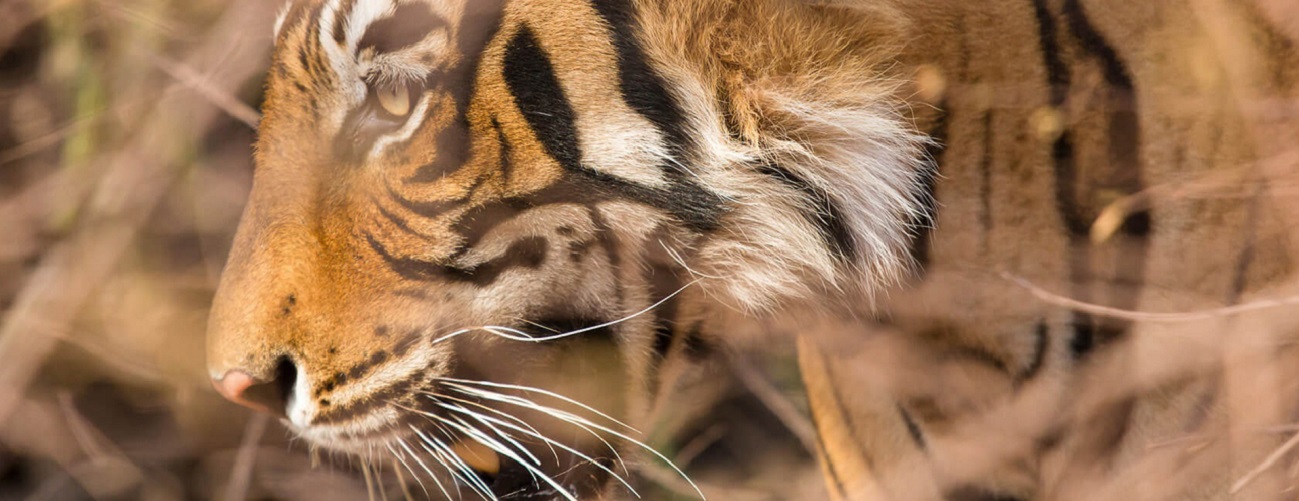Ranthambore National Park Pic Source: Untravel
Our Country is one of very few countries which has so much varied and rich cultural heritage as well as rich and marvelous landscapes. Some of these are recognized as natural world heritage site. India is gifted with so varieties of land-topography, weather and soil qualities that some of the sites are very rich in bio diversity and wild life.
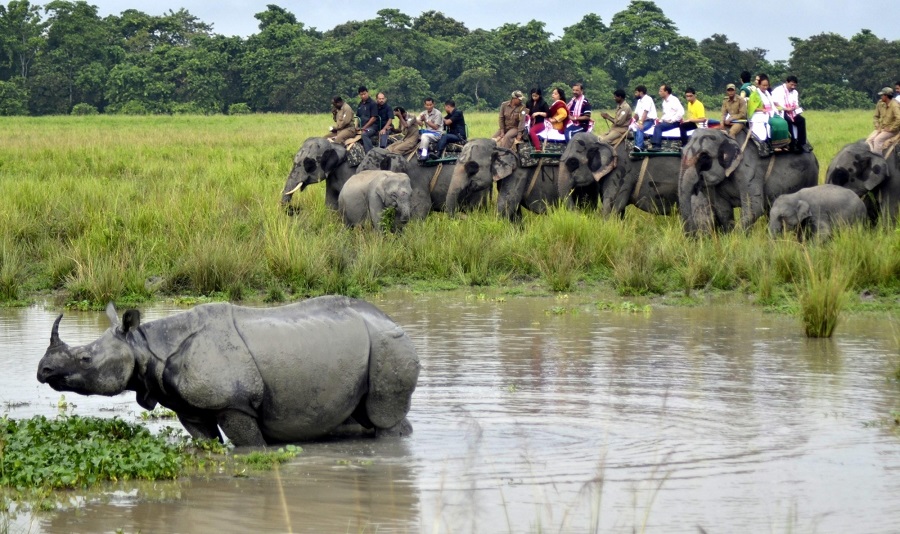
| Adventure in visiting these heritage sanctuaries is superb. When you spot a rare animal or bird the thrill is incomparable. Tourists can regain new life blood which was under stress for a long time in city dwelling. |
Those who love adventures can find these forests their paradise. A great variety of flora and fauna makes the tourist spell bound. Also there is great opportunity for scientific research for interested persons. Green canopy overhead full of birds can be paradise for the ornithologists.
Here is a list of what India considers as it’s 7 best Wildlife Sanctuaries listed by UNESCO Natural World Heritage Sites:
- Great Himalayan National Park Conservation Area, Himachal Pradesh
- Western Ghats, Maharashtra, Goa, Karnataka, Tamil Nadu and Kerala
- Nanda Devi and Valley of Flowers National Parks, Uttarakhand
- Sundarbans National Park, West Bengal
- Kaziranga National Park, Assam
- Keoladeo National Park, Rajasthan
- Manas Wildlife Sanctuary, Assam
Great Himalayan National Park Conservation Area, Himachal Pradesh
The Great Himalayan National Park has a composite of representative habitats over a huge altitudinal range (1,900 to 6,110 m), with more than 46 peaks over 5,000 m altitude.
One of the richest biodiversity sites in the western Himalayas, the GHNP is home to the elusive and critically endangered western tragopan, along with four other spectacular pheasants, besides the snow leopard and the mighty Himalayan brown bear. A recent study indicated the GHNP offers the best protected habitat for the snow leopard in the context of climate change.
Western Ghats, Maharashtra, Goa, Karnataka, Tamil Nadu and Kerala
Western Ghats contains areas of high geological, cultural and aesthetic values and is recognized as one of the world’s eight ‘hottest hotspots’ of biological diversity. It has an exceptionally high level of biological diversity.
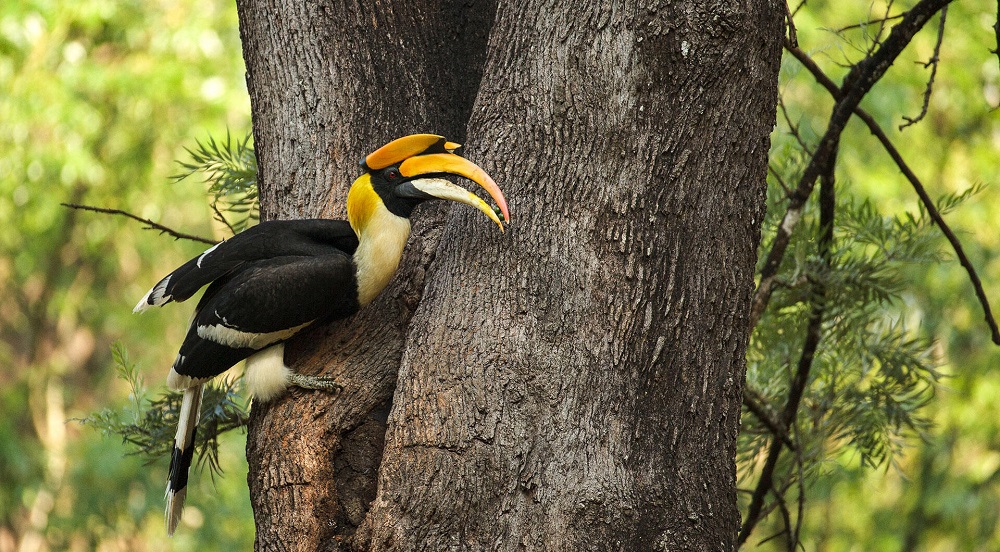
| The Western Ghats or the Sahyadri Mountain ranges lies along the western coast of Indian Penninsula. The range runs north to south along the western edge of Deccan Plateau. It constitutes sever national parks, reserve forests and wildlife sanctuaries in Kerala, Karntaka, Tmailnadu and Maharashtra. |
One of the richest biodiversity sites in the western Himalayas, the GHNP is home to the elusive and critically endangered western tragopan, along with four other spectacular pheasants, besides the snow leopard and the mighty Himalayan brown bear. A recent study indicated the GHNP offers the best protected habitat for the snow leopard in the context of climate change.
Nanda Devi and Valley of Flowers National Parks, Uttarakhand
Diversity and unmatched scenic beauty is what makes Nanda Devi Biosphere Reserve stand apart in the country.
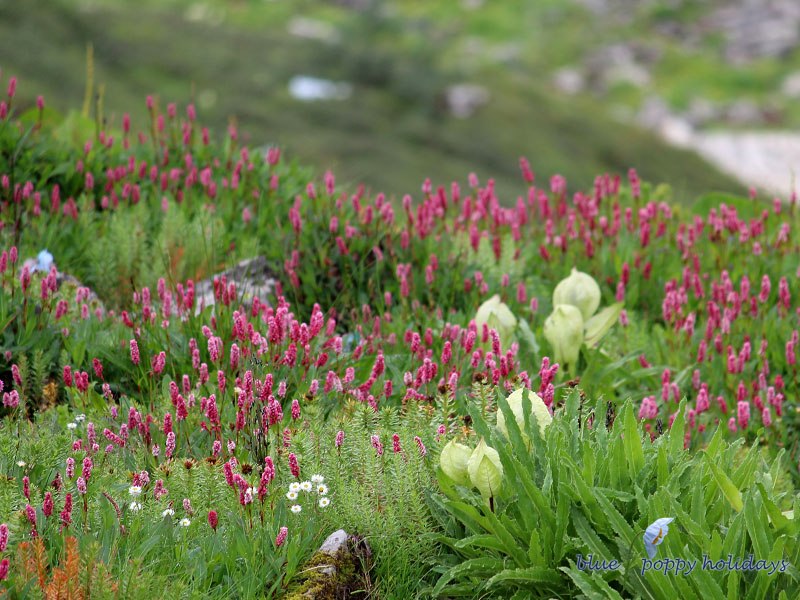
| The Nanda Devi is the highest mountain peak of Uttarakhand and the highest mountain peak of India also because the Kanchenjunga is known to share its border with Nepal. The Vallery of Flowers is a National Park near Nanda Devi peak which stretches up to 8 kms in length and 2 kms in width. It is famous for the astonishing variety of flowers which covers the entire valley like a bed sheet. This World Heritage Sites in India is home to more than 600 species of Flora and over 520 species of fauna. |
Sundarbans National Park, West Bengal
The Sunderbans, the world’s largest mangrove expanse, are nothing less than a hub for naturalists and scientists’ a treasure trove for nature and wildlife photographers and a wonderland for tourists from all over the world.
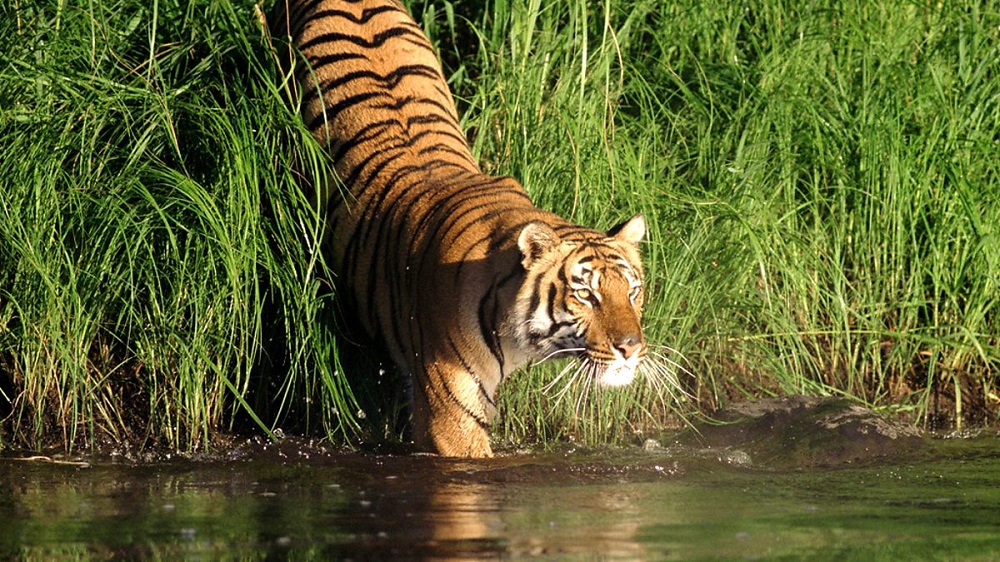
| The land of 54 small islands with large mangrove forest and saline mud flats…this Sundarban National Park is reckoned as the home of Royal Bengal Tigers and rare salt water crocodiles. It forms the largest Tiger Reserve and National Park in India. A paradise for birdwatchers Sundarbans is also the world’s largest estuarine forest. |
Kaziranga National Park, Assam
In the heart of Assam, this park, covering an area of more than 930 sq . kms , a World Heritage Site, was home to two-thirds of the entire one-horn rhino population of the world.
It also had the highest density of tigers compared to all the tiger reserves in the world. Due to the presence of highly diverse and visible species, Kaziranga has been described as a “biodiversity hotspot”.
Keoladeo National Park, Rajasthan
Situated in Bharatpur, Rajasthan, the Keoladeo National Park, Rajasthan, is called a ‘Bird Haven’.
Also known as Bharatpur Bird Sanctuary, this place is home to 366 different species of bird. It is completely Man made and Man- managed wetland/place. It is spread up to 29 square kms. Besides about 370 species of birds there are 379 floral species and 27 mammal species identified in the park, making it a rich wildlife source in India. This place is a reminder of the rich biological heritage of India.
Manas Wildlife Sanctuary, Assam
Sheltering many of threatened species, Manas Wildlife Sanctuary claims its importance as a Natural World Heritage Site.
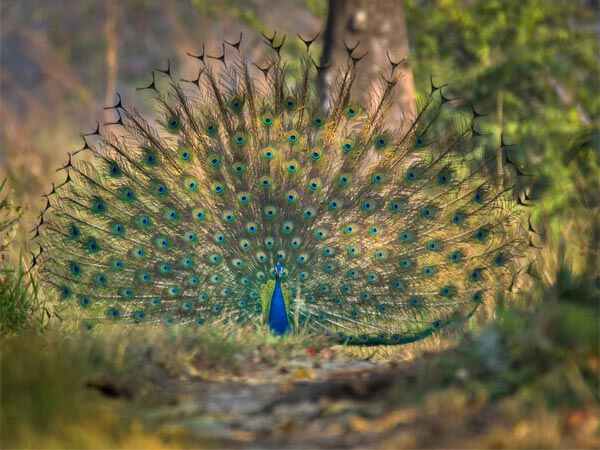
| The name originated from River Manas which is derived from the name of Godess Manasa. The Wild Life Sanctuary is a Project Tiger Reserve, Elephant Reserve, Biosphere Reserve and a home of number of endangered species like Assam Roofed Turle, Hispid Hare, Golden Langur and Pygmy Pig. |
We love to collect souvenirs from our travels. Collect our national park themed memorable collectibles and souvenirs at HERE. This collection is created to celebrate the diverse flora and fauna of India. The core aim of our products is to create awareness about the diversity in Indian flora and fauna.


